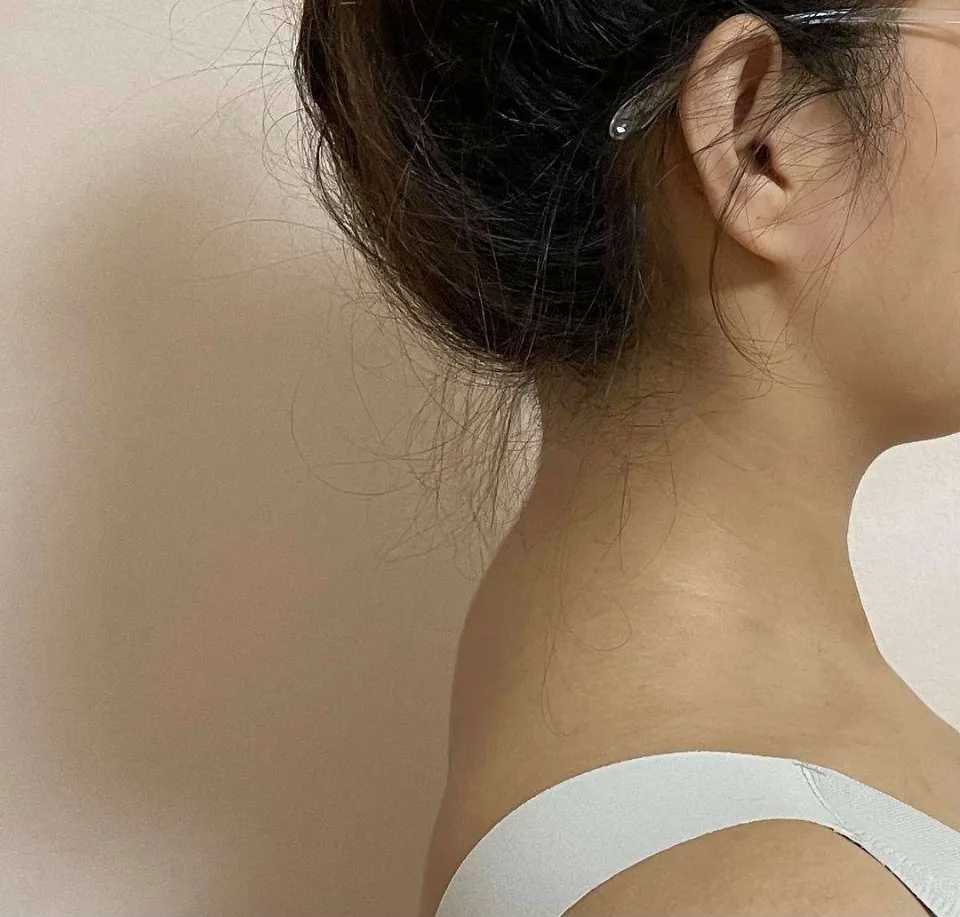
Shedding Light: If I Lose Weight, Will My Buffalo Hump Go Away?
A buffalo hump, or the buildup of fat at the base of the neck, can be upsetting for people trying to lose weight. Can it, however, go away if I lose weight?
In this article, we examine the relationship between weight loss and the disappearance of a buffalo hump, explore the underlying causes, and go over possible treatments.
What Are the Symptoms of a Buffalo Neck Hump?
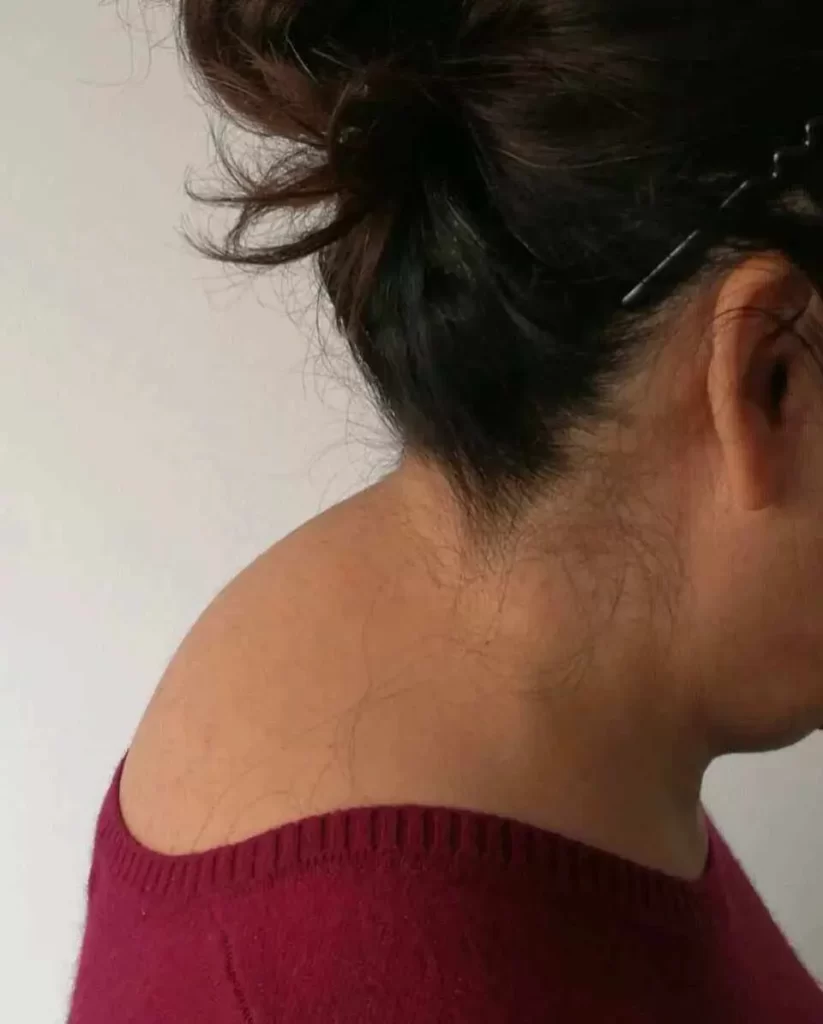
The majority of the time, buffalo neck bumps are unrelated to any other symptoms. Cosmetic issues are the primary reason people visit doctors. But occasionally, underlying conditions like high cortisol levels may be linked to symptoms. Symptoms may include:
- Round or moon-shaped face
- Facial redness or flushing
- Abdominal striae or stretch marks
- Hirsutism (excess hair growth on the face and other parts of the body)
- Acne mark (Read More: Acne Marks vs Acne Scars)
- Easy bruising
- Thin skin
- Excessive thirst
- Irregular menstrual cycles
- Mood changes
- Weakness
- Decreased libido
- Frequent urination
Other issues that could coexist with a buffalo neck hump include high blood pressure, elevated blood sugar levels, and osteoporosis, which can result in weakened bones and an increased risk of fractures as well as abnormal spine curvature (scoliosis or kyphoscoliosis). It is important to pay attention to such symptoms because they might call for immediate medical care.
Also Read: Is Ceviche Good for Weight Loss
What Causes Buffalo Humps?
- Obesity
Putting on too much weight can result in a buffalo hump. If there are no underlying problems, cosmetic surgery can handle this.
- Medications
Certain drugs, including corticosteroids, prednisone, cortisone, and hydrocortisone, can cause fat to accumulate behind the shoulders, resulting in the appearance of a buffalo hump when taken for an extended period of time. They may also be brought on by some HIV medications.
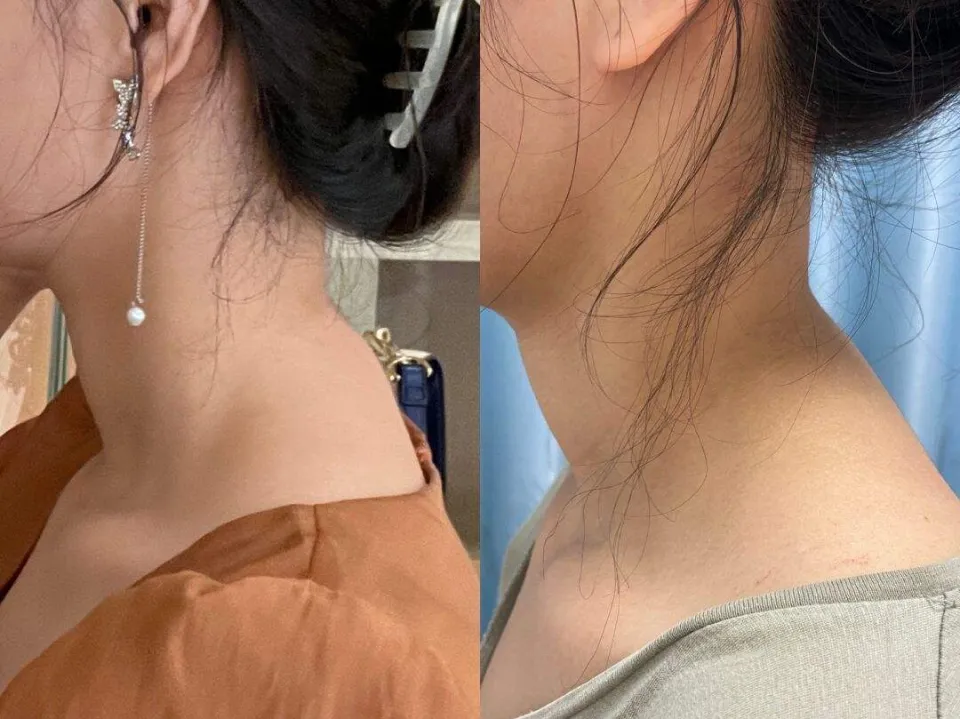
- Cushing’s Syndrome
When your body produces excessive amounts of cortisol, either naturally or as a result of certain medications like corticosteroids, you may develop Cushing’s syndrome, a rare condition.
- Madelung’s Disease
A more uncommon condition, but women and people who don’t drink can also develop it. It most frequently affects men aged 30-70 who have an alcohol use disorder. It may result in fatty tumors or an unusual buildup of fat in certain areas, such as the hips, thighs, or shoulders, neck, and shoulders.
Read More: Why Am I Not Losing Weight on Saxenda
How is a Buffalo Neck Hump Treated?
A buffalo neck hump may not need to be treated unless a disease is the cause of the hump’s underlying cause. Depending on the underlying cause, treatment in these circumstances may entail dietary or exercise modifications, surgical removal of underlying tumors, or hormonal therapy.
- Your doctor may prescribe another medication or adjust the dose if they determine that a medication is the cause of the hump. Without first consulting your doctor, never stop taking a medication or change the dosage.
- Surgery or prescription medication may be necessary for Cushing’s syndrome.
- Surgery, radiation therapy, or chemotherapy may be necessary for pituitary or adrenal tumors.
- Through physical activity and dietary changes, your doctor might suggest losing weight.
- In order to remove the abnormal fat deposition, your doctor might suggest cosmetic surgery.
How to Get Rid of a Buffalo Neck Hump
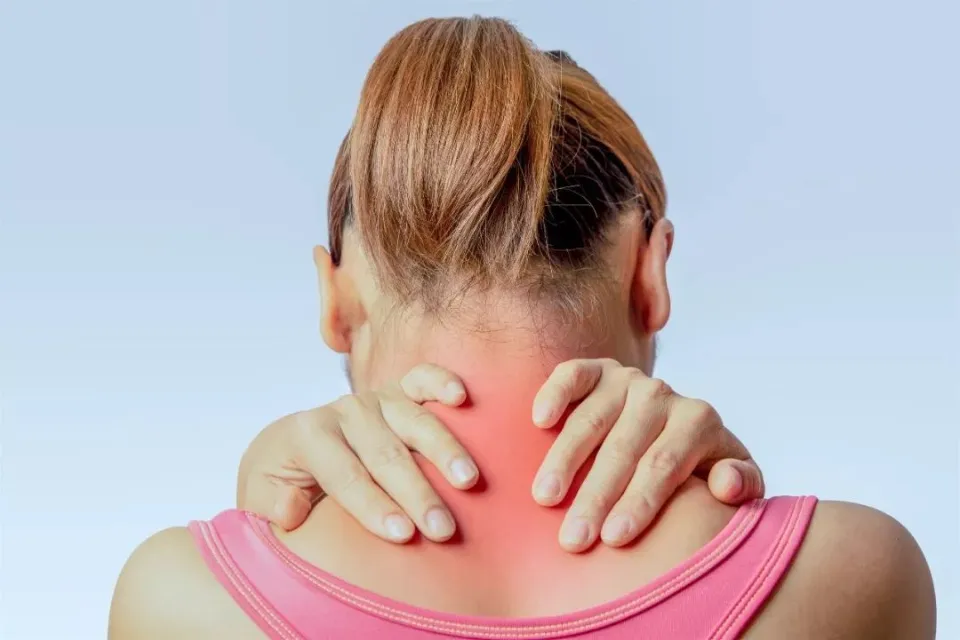
A buffalo neck hump can be corrected, and the lump on the back of your neck can be eliminated, in large part by making lifestyle changes.
Healthy Diet
Losing weight may aid in treatment because a buffalo neck hump is typically brought on by excessive fat deposition on the back of the neck. If you want to lose weight safely and effectively, your doctor or a dietician can help you choose a diet plan that will help you cut calories. Choose wholesome eating habits that you can maintain, like eating a lot of whole grains, lean meat, and vegetables and fruits. To feel fuller for longer, prioritize eating foods high in protein and fiber over those that are sugary or fatty.
When osteoporosis (thinning of the bone) results in a hump on the back of the neck, the condition is known as Dowager’s hump. In addition to recommending consuming calcium- and vitamin D-rich foods like fish, mushrooms, eggs, and dairy products, your doctor may prescribe medications to enhance bone health.
Exercise
You can get to a healthy weight that is simple to maintain while reducing the hump on the back of your neck by losing overall body fat and gaining muscle mass. Your posture is also enhanced by it. Try combining cardio and weight-training workouts to lose weight and build muscle.
Gaining muscle and reducing body fat are two benefits of weight-bearing exercises. Exercises that promote relaxation and stretching, like yoga, can help your body produce less cortisol, which is a stress hormone.
Particularly for Dowager’s hump, physical therapy under a doctor’s supervision, stretching, and postural correction may be helpful. Below are a few stretches that help strengthen your upper back and neck muscles and help you get rid of the hump:
Chin Tucks
- In a relaxed position, sit or stand.
- For 10 seconds, tuck your chin back and keep doing so.
- Return to the initial neutral position before repeating.
- Do 10 of these stretches three times each day.
Neck Stretches
- In a relaxed position, sit or stand.
- In order to touch your shoulder with your ear, tilt your head to the side.
- Your head should be gently pulled to the side using the same side’s hand.
- Then, release the hold after 20 seconds.
- Perform 5 of these stretches, 3 times daily, on each side.
Standing Push-ups
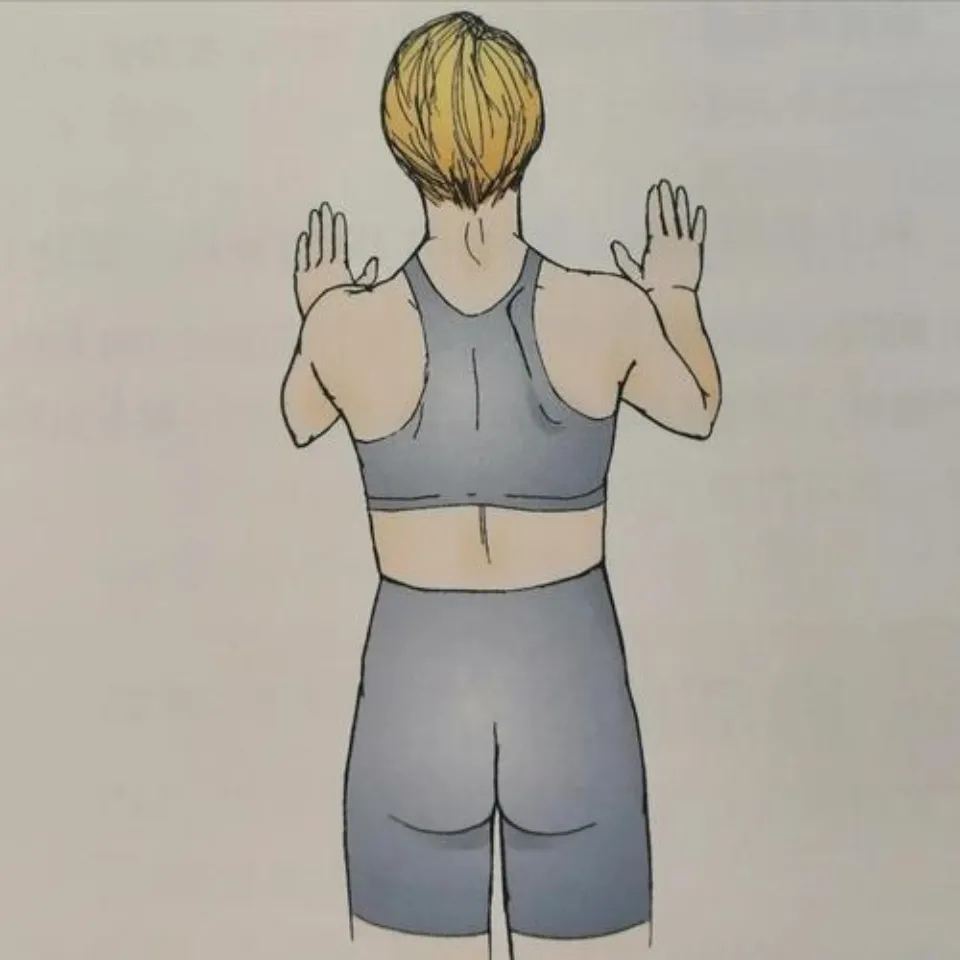
- Stand with your arms at 90 degrees to the length of a door frame while keeping your distance from it.
- Leaning forward as if performing a push-up, keep your feet firmly planted. If you want to make the stretch more intense, keep your arms raised higher.
- Start with 10 of these push-ups and build up over time.
- Do 2-3 sets a day.
Shoulder-Blade (Scapular) Squeeze
- Snuggle up in a chair.
- In order to avoid rounding your back, move your weight a little bit forward.
- Your palms should be facing forward and your elbows should be bent as you raise your arms to shoulder height.
- Move your arms back while squeezing your shoulder blades together.
- For 10 to 15 seconds, maintain this posture.
- Lie back and repeat 3 times a day, 5–10 times total.
What Are the Most Important Facts to Know About Buffalo Humps?
An accumulation of fat between the shoulder blades on the back of the neck is referred to as a “buffalo hump,” also known as a “dorsocervical fat pad.” It can be brought on by several underlying medical conditions, including Cushing syndrome, as well as by some medications. Depending on the underlying cause, a buffalo hump may also have other symptoms.
Physical examination, analysis of medical history, lab work, and imaging tests may all be necessary for the diagnosis. The goal of treatment is to eliminate the underlying cause as much as possible and may involve medication reduction, surgical removal, or pharmaceutical therapy. In some circumstances, a change in lifestyle may also be advised. The buffalo hump may disappear following treatment.





Average Rating